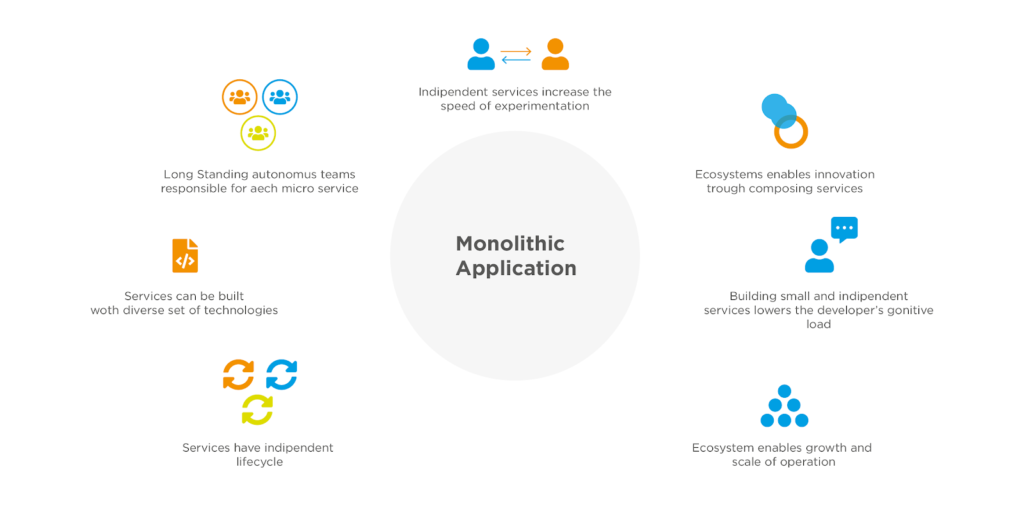AWS data transfer costs in a nutshell
17 December 2025 - 10 min. read
Alessio Gandini
Cloud-native Development Line Manager
 As applications grow in time, adding new features, with complex logic, many different interactions and coupling between components, it becomes very difficult to deal with them and so companies are driven to try and break them into small, manageable and reusable parts, built around business capabilities, microservices. Within a microservices architecture, each application component runs as its own service and communicates with other services via a well-defined API respecting the Single Responsibility Principle. Migrating to an ecosystem of microservices is not a simple journey but is a worthy one; embarking on it means giving your application the ability to grow at a faster pace, reducing the risks of code changes and also the high costs related to it. Imagine that more of a team work on a monolithic application, mistakes on a logic which may be sticky can potentially block other team’s work as usually the CD/CI pipeline is the same for all the teams; with microservices, every team can work and maintain its own codebase.This approach is also heavily used in the SaaS paradigm, as Software as a Service delivery model is based on applications being centrally hosted on Cloud and being accessed via a Thin Client or a Web Browser, thus a microservices ecosystem serves this purpose very well.
As applications grow in time, adding new features, with complex logic, many different interactions and coupling between components, it becomes very difficult to deal with them and so companies are driven to try and break them into small, manageable and reusable parts, built around business capabilities, microservices. Within a microservices architecture, each application component runs as its own service and communicates with other services via a well-defined API respecting the Single Responsibility Principle. Migrating to an ecosystem of microservices is not a simple journey but is a worthy one; embarking on it means giving your application the ability to grow at a faster pace, reducing the risks of code changes and also the high costs related to it. Imagine that more of a team work on a monolithic application, mistakes on a logic which may be sticky can potentially block other team’s work as usually the CD/CI pipeline is the same for all the teams; with microservices, every team can work and maintain its own codebase.This approach is also heavily used in the SaaS paradigm, as Software as a Service delivery model is based on applications being centrally hosted on Cloud and being accessed via a Thin Client or a Web Browser, thus a microservices ecosystem serves this purpose very well. You give your teams the ability to grow in number and to split and focus on each separate feature in parallel, making them more efficient; also the cost to introduce a new member to the team in terms of code knowledge is significantly reduced.The costs of Experimentations are also greatly reduced, as every feature is atomic thus changes cannot damage other parts of the application. This allows the teams to generate business value faster.Each microservice can be written using different frameworks and programming languages, and you can deploy them independently; thanks to their atomic nature and the fact that they adhere to the isolation principle, microservices guaranteed more easy and fast disaster recovery solutions.
You give your teams the ability to grow in number and to split and focus on each separate feature in parallel, making them more efficient; also the cost to introduce a new member to the team in terms of code knowledge is significantly reduced.The costs of Experimentations are also greatly reduced, as every feature is atomic thus changes cannot damage other parts of the application. This allows the teams to generate business value faster.Each microservice can be written using different frameworks and programming languages, and you can deploy them independently; thanks to their atomic nature and the fact that they adhere to the isolation principle, microservices guaranteed more easy and fast disaster recovery solutions. 